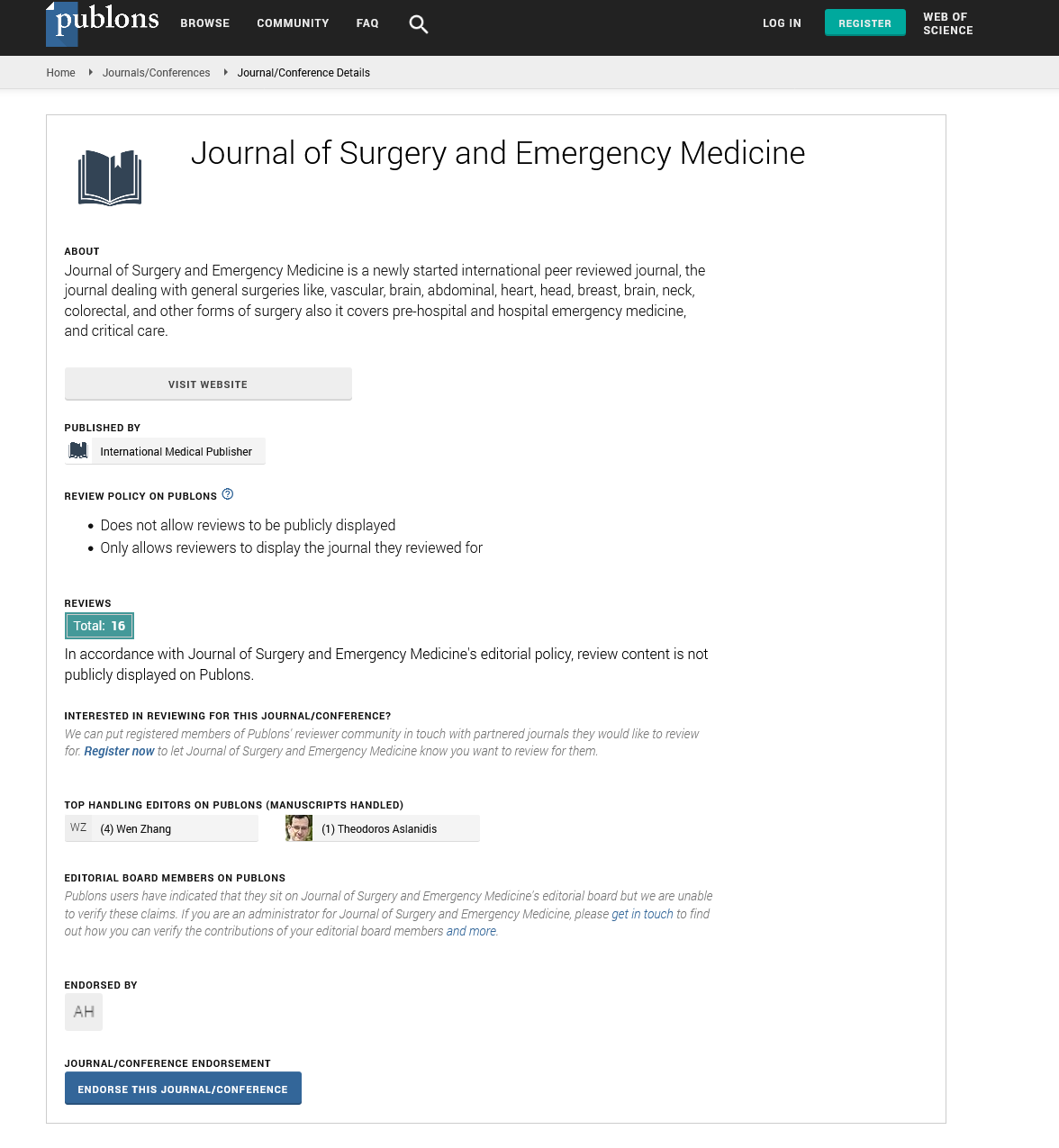Abstract
Endoscopic Assisted Ear Surgeries:A Case Series
Microscope have been used for surgeries of middle ear, mastoid and lateral skull base for decades but there is a need for a change with the advent of endoscope and its fineness to visualise various structures. Our philosophy is that the curves and niches of the middle ear are best visualised by the endoscope rather than straight line view of the microscope.Microscope is mainly the domain of the mastoid.We are not surgeons of the tool we are surgeons of the ear.Thus we need to combine both for the benefit of the patient.The aims of our study is to see the endoscopic anatomy of the ear and perform various surgeries using it.This study is a prospective analysis of 50 patients diagnosed with chronic suppurative otitis media with tympanic perforation and/or adhesive drum in our tertiary care referral centre. The period of study was from January 2017 to January 2019. Fifty patients were taken for the study. The mean age was 30.47 years. Thirty-three patients (66%) were males and sev-enteen (34%)were females. There were 30 cases (60%) in which type 1 underlay tympanoplasty was done and in 10 cases(20%) of type 2 tympanoplasty was done,5 cases (10%)of exploratory tympanotomy and in 5 cases (10%)atticotomy was done.In 38 patients(76%) tragal cartilage was used and in rest 12(24%) fascia lata graft was used.In patients with tympanic membrane perforation 35(70%) had blocked ventilation pathway which was cleared and thus showed no failure rates post op.Graft uptake was seen in 46 cases (92%) and there was mean AB gap of 35.8 which was reduced to 16.06 post op. Thus to conclude one should routinely use endoscope to see middle ear anatomy even while operat-ing through post aural routes. Ventilation pathway are best visualised and if blockage present are cleared by the endoscope.The future of endoscopic ear surgery lies in approach to the lateral skull base via sub cochlear tunnel with minimal morbidity.
Author(s): Shreya Rai
Abstract | PDF
Share This Article
Google Scholar citation report
Citations : 131
Journal of Surgery and Emergency Medicine received 131 citations as per Google Scholar report
Journal of Surgery and Emergency Medicine peer review process verified at publons
Abstracted/Indexed in
- Google Scholar
- Publons
Open Access Journals
- Aquaculture & Veterinary Science
- Chemistry & Chemical Sciences
- Clinical Sciences
- Engineering
- General Science
- Genetics & Molecular Biology
- Health Care & Nursing
- Immunology & Microbiology
- Materials Science
- Mathematics & Physics
- Medical Sciences
- Neurology & Psychiatry
- Oncology & Cancer Science
- Pharmaceutical Sciences
